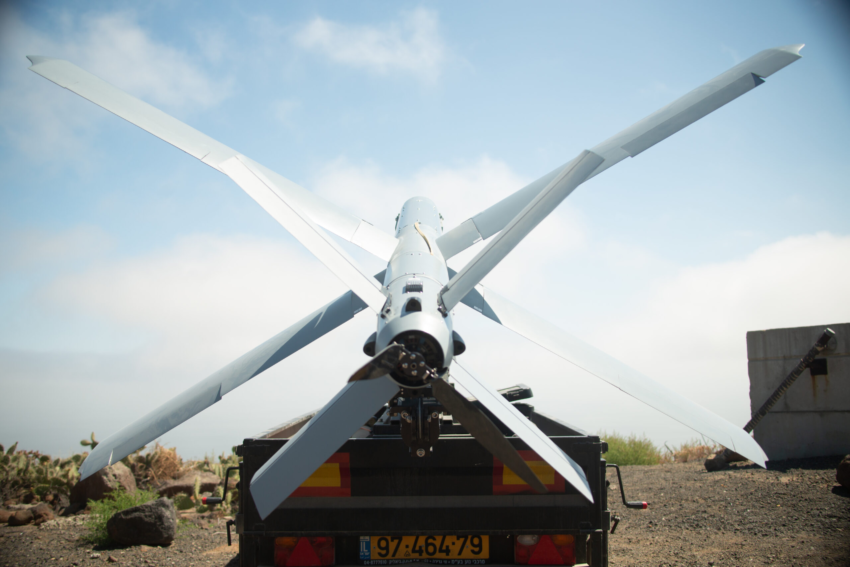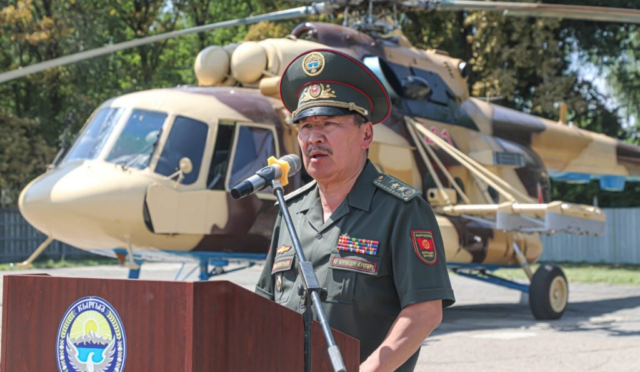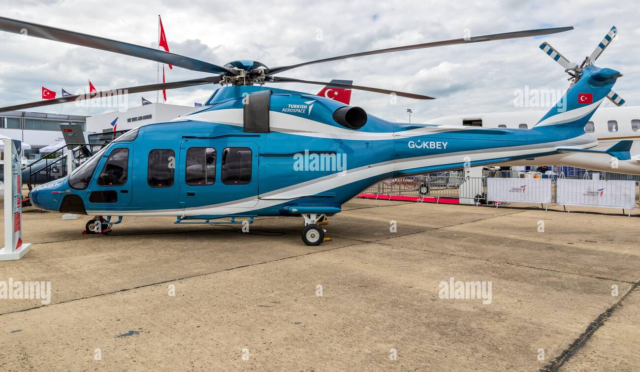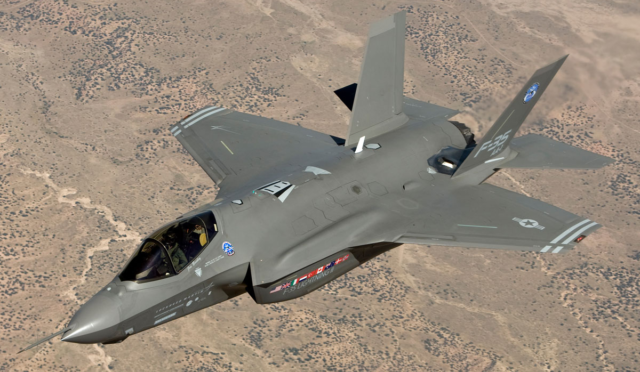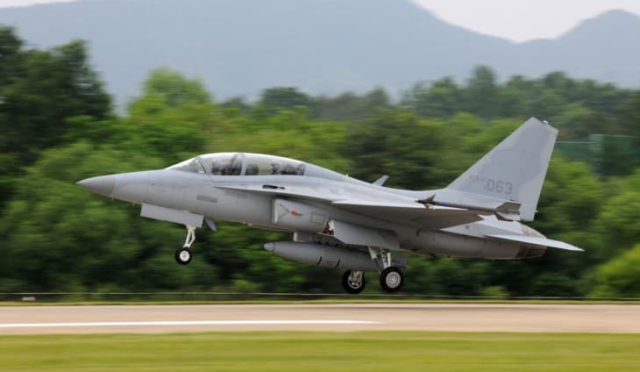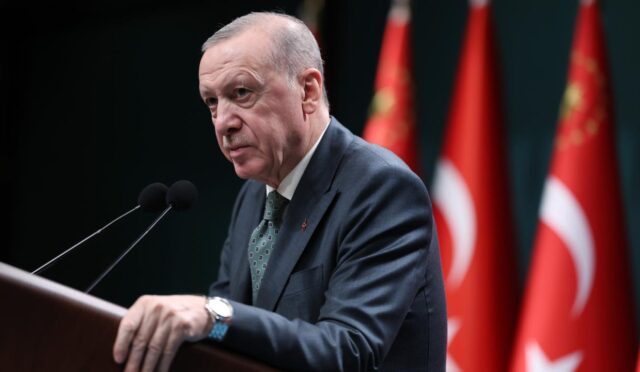Loitering Munitions: Germany’s New Military Strategy
**Germany is set to introduce loitering munitions into its military arsenal for the first time, as a response to escalating geopolitical tensions in the region.** Sources from the German Ministry of Defense confirmed that contracts for the initial batch of these advanced munitions are expected to be finalized soon. While details remain sparse, the agreements are with two companies specifically chosen to provide these technologies.
In the upcoming months, the German army, navy, and air force will conduct tests on these loitering munitions. Furthermore, it is anticipated that Berlin will pursue long-term contracts for a more significant supply of kamikaze drones by the end of this year, indicating a shift in Germany’s defense strategy despite its traditionally conservative approach.
The Role of Loitering Munitions
Loitering munitions, often referred to as kamikaze drones, are unmanned aerial vehicles engineered for one-way missions. These drones hover over designated target areas and either self-destruct or detonate upon impact, providing strategic advantages in warfare. Their effectiveness has been notably demonstrated in the ongoing Russia-Ukraine conflict, where they facilitate precise strikes against high-value targets, disrupting enemy operations.
One defense source commented on the critical importance of these drones, stating, “The use of drones and defense against drones is vital for our soldiers’ survival on the modern battlefield. This is something we learned in Ukraine.” This highlights the evolution of warfare, where training soldiers to operate drones becomes essential.
Training and Procurement Challenges
The initial contracts for loitering munitions are expected to be modest in scope, focusing primarily on training German forces. The Ministry of Defense recognizes that integrating these munitions into military operations will require adequate training and familiarization for soldiers.
Moreover, the German Defense Minister remains committed to the acquisition of F-35 fighter jets, alongside the procurement of loitering munitions. This bifocal approach underscores Germany’s intent to modernize its defense capabilities while addressing both current and future threats.
